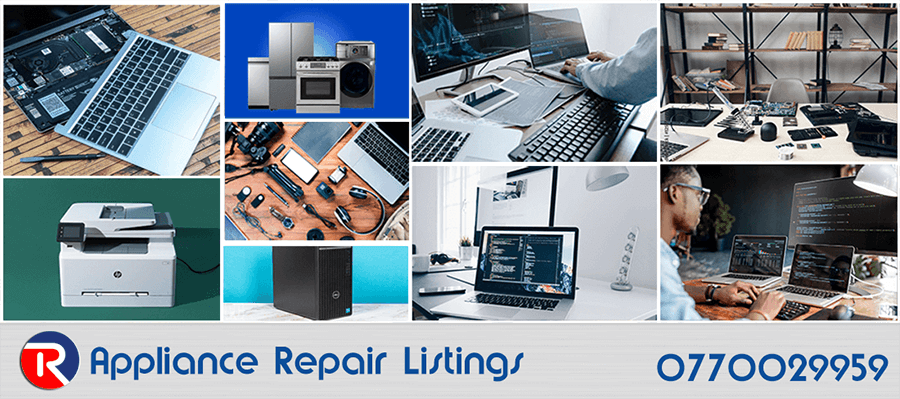
Top-Load Washer Agitator Repair: Repairing a top-load washer agitator can save you from costly replacements and extend the life of your appliance. By following the steps outlined in this guide, you can diagnose and fix common agitator issues with confidence. Regular maintenance and timely repairs ensure your washer runs efficiently, saving you time and money. If the problem persists or seems complex, don’t hesitate to contact a professional technician from Repair.co.ke for expert assistance.
The agitator in a top-load washing machine is a critical component responsible for moving clothes during the wash cycle to ensure thorough cleaning. Over time, agitators may malfunction due to wear and tear, loose components, or mechanical failures. A faulty agitator can result in poor cleaning performance, unusual noises, or even complete failure of the wash cycle. This article by Repair.co.ke provides a step-by-step guide to diagnosing and repairing common agitator issues, empowering you to restore your washer’s functionality.
Common Agitator Problems
Before diving into repairs, it’s essential to identify the issue. Here are the most common agitator problems:
- Agitator Not Moving: The agitator may not rotate due to a worn-out drive mechanism or a broken coupling.
- Loose or Wobbly Agitator: Loose bolts or a damaged base can cause the agitator to wobble.
- Unusual Noises: Grinding or clicking sounds may indicate worn gears or foreign objects stuck in the agitator.
- Clothes Not Cleaning Properly: If the agitator moves sluggishly, it may not agitate clothes effectively.
Tools and Materials Needed
To repair your washer’s agitator, gather the following:
- Screwdriver (Phillips or flathead, depending on your model)
- Socket wrench set
- Replacement parts (agitator coupling, bolts, or gears, if needed)
- Lubricant (for moving parts)
- Clean cloth
- User manual (for model-specific instructions)
Step-by-Step Repair Guide
Step 1: Safety First
Unplug the washing machine from the power source to avoid electrical hazards. Turn off the water supply to prevent leaks during the repair process.
Step 2: Access the Agitator
Open the washer lid and remove any cap or cover on top of the agitator. This may require a screwdriver or gentle prying, depending on the model. Refer to your user manual for specific instructions.
Step 3: Remove the Agitator
Locate the bolt or nut securing the agitator to the drive shaft, typically found under the cap. Use a socket wrench to loosen and remove it. Gently lift the agitator out of the drum. If it’s stuck, wiggle it carefully to avoid damaging the surrounding components.
Step 4: Inspect for Damage
Examine the agitator and its components, such as the coupling, gears, or dogs (small plastic pieces that engage the agitator’s motion). Look for signs of wear, cracks, or stripped parts. Check the drive shaft for damage or debris that may interfere with the agitator’s movement.
Step 5: Replace Faulty Parts
If you identify worn or broken components, replace them with compatible parts for your washer model. For example:
- Agitator Dogs: These small parts wear out over time and are a common cause of agitator failure. Install new dogs according to the manufacturer’s instructions.
- Coupling or Gears: A damaged coupling or gear set should be replaced to restore proper motion.
- Bolts or Fasteners: Tighten or replace loose bolts to eliminate wobbling.
Step 6: Clean and Lubricate
Clean the agitator and drive shaft to remove dirt, detergent buildup, or rust. Apply a small amount of lubricant to moving parts, if recommended by the manufacturer, to ensure smooth operation.
Step 7: Reassemble the Agitator
Place the agitator back onto the drive shaft, ensuring it aligns correctly. Secure it with the bolt or nut, tightening it firmly but not excessively. Reattach the cap or cover.
Step 8: Test the Washer
Plug the washer back in, turn on the water supply, and run a short wash cycle to test the agitator’s performance. Listen for unusual noises and observe the agitator’s motion to confirm the repair was successful.
When to Call a Professional
While many agitator repairs are manageable at home, some issues may require expert intervention. Contact Repair.co.ke if:
- The drive shaft or motor is damaged, requiring advanced repairs.
- You’re unsure about the correct replacement parts for your model.
- The agitator still malfunctions after attempting repairs.
Preventive Maintenance Tips
To avoid future agitator issues:
- Avoid overloading the washer, as this strains the agitator.
- Use the correct amount of detergent to prevent buildup.
- Regularly inspect the agitator for loose parts or signs of wear.
- Schedule periodic maintenance checks with Repair.co.ke to keep your washer in top condition.
For professional repair services or to order replacement parts, visit Repair.co.ke or contact our team today.